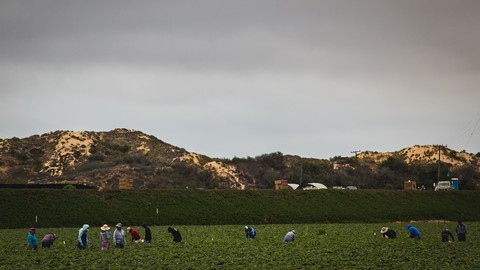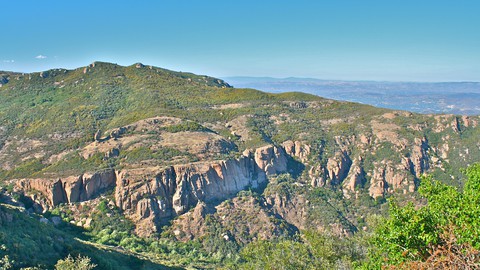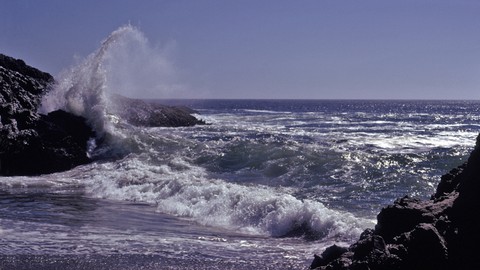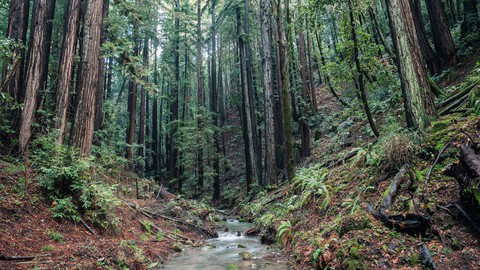

General Plans, mandated by the state and carried out by local counties, cities, and other municipalities, serve as a locality’s ‘constitution'.

Like the 33 million acres of forest in California, the nearly 15 million units of housing in the state are tended and managed with future generations in mind. Meet the California Department of Housing and Community Development.

The Williamson Act, passed in 1965, now keeps more than 16 million acres of farmland out of the hands of developers. Here's how the law puts the brakes on the development of California agricultural properties.

The California Environmental Quality Act, CEQA, is both the state’s signature environmental legislation, and is also often named as the villain in the state’s housing shortage. But the story may not be that simple.

How California’s 10 state conservancies buy up open land and shield it from developers to preserve the natural environment for public use.

What is the California Coastal Commission? How one of the state’s most powerful agency protects public access to the state’s scenic coast from Mexico to Oregon.

There’s one good way to save open space from development, and that’s to buy property outright. Land trusts are key to that solution.

California has used reclamation districts to turn millions of acres of unusable swamps into fertile agricultural land, starting in the earliest days of the Gold Rush. Here’s how it happened.
Zoning laws determine what can be built and where. These laws have shaped California, but are they really just tools for social engineering? The history of zoning is closely tied to racial segregation, as well as the state's shortage of …
 From California Local...
From California Local...

We take a closer look at ambitious plans to build a new community of up to 400,000 residents in Solano County.
 From California Local...
From California Local...

Jan Sramek disavows techno-libertarian 'Network State,' explains why master-planned cities are All-American, and talks of his love for walkable communities.
 From California Local...
From California Local...

Some of California’s top lawmakers want to clear up, but also rein in, the “builder’s remedy.”